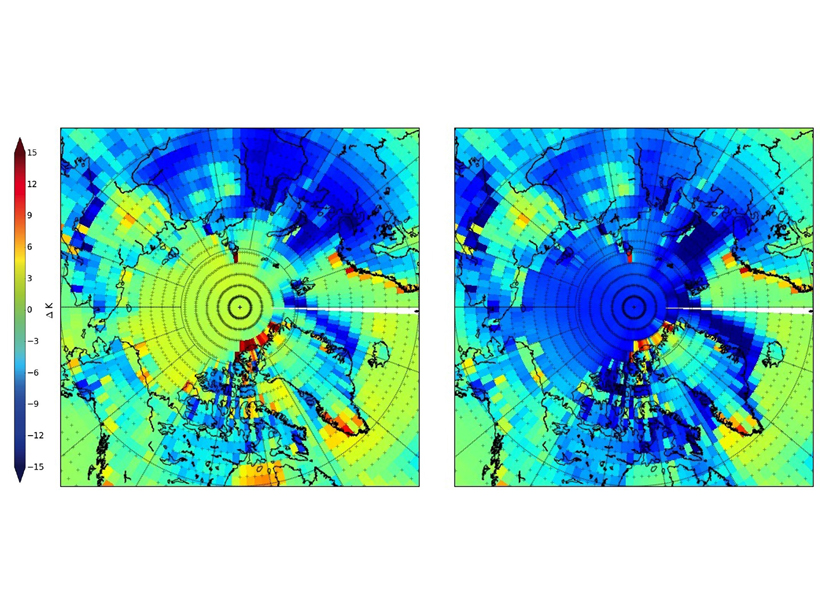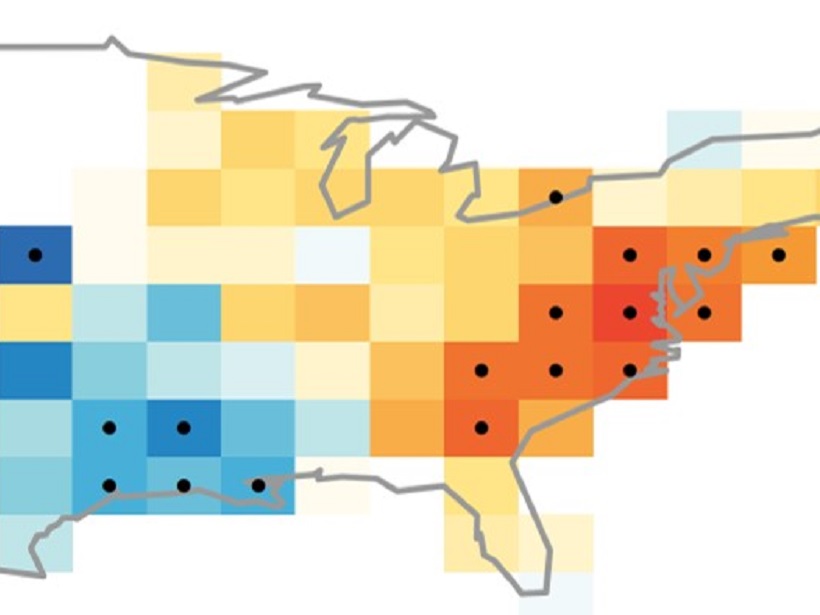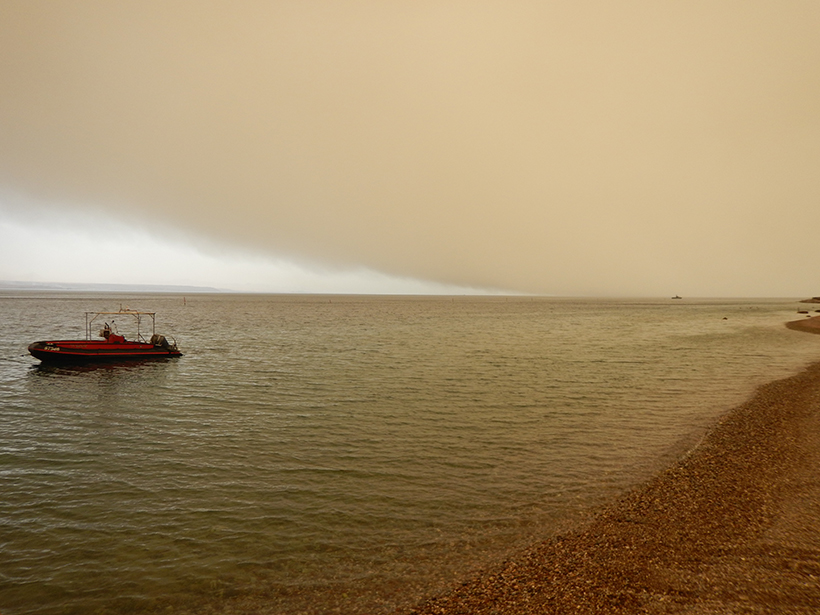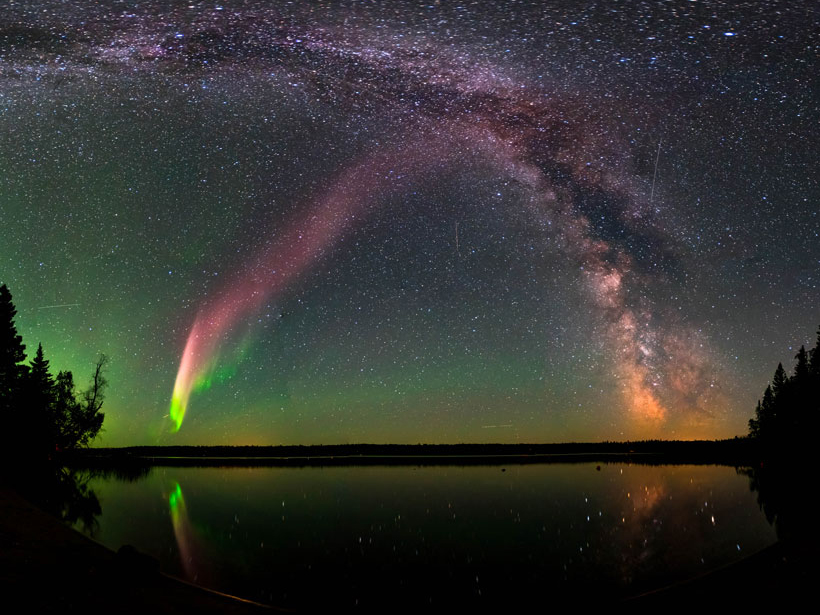Cave stalagmites provide isotopic evidence that Bond events and Heinrich events have more variable effects on Asian monsoon hydroclimate during the last glacial period than during the Holocene.
CC BY-NC-ND 2018
Peering Beneath the Powder: Using Radar to Understand Avalanches
High-resolution radar images from Switzerland’s experimental test site show that snow temperature is a key factor in classifying avalanche behavior.
History of Mars’s Water, Seen Through the Lens of Gale Crater
Research uncovers more of Mars’s past, when flowing water may have been transient before eventually disappearing.
How Heavy Oxygen Ions Escape Earth’s Gravity
A new study reveals that low-frequency electromagnetic waves accompany intense heating events at low altitudes.
Increasing Radiation Levels May Challenge Space Exploration
New research shows that solar radiation levels are growing 10% faster than previously believed and that the radiation environment in space will worsen with time.
Spectral Surface Emissivity Improves Arctic Climate Simulation
Improving the representation of surface emissivity in the Community Earth System Model reduces its Arctic winter cold bias from 7 to 1 Kelvin degree.
How to Build a Better Light Trap
Nanosized chambers capture bits of light for infinite amounts of time.
The Long Reach of El Niño’s Broom
Both the El Niño Southern Oscillation and natural variations in tropical Pacific weather conditions impact surface air quality in the Eastern United States.
Dust Does Not Control Surface Ocean Productivity
The first continuous comparisons between daily atmospheric dust and ocean productivity measurements indicate that they are not correlated in the Gulf of Aqaba’s nutrient-limited ecosystem.
An Aurora of a Different Color
Meet STEVE, a purple and green, low-latitude, aurora-like phenomenon whose inner workings were uncovered with the help of citizen scientists.








